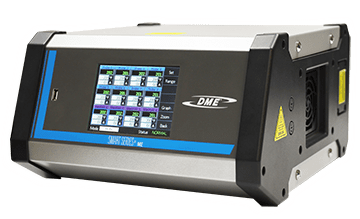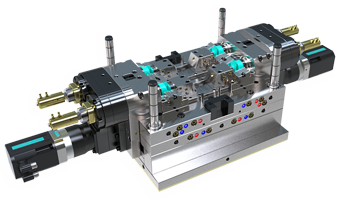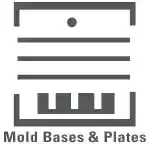
Save up to 40% on Overstock XPress Drilled Complete Mold Plates!
While Supplies Last!

Smart Series® Me Hot Runner Temperature Controllers
Simple… Powerful… Compact… Robust

servomold® Unscrewing Device
Precision, Reliability and Durability Come Standard… Simplify and Automate Your Mold
Our Products






Services
Hot Runner Service Center
From repairs and system cleaning to total system rebuilds and mold tryouts, DME is the single hot runner maintenance & optimization source – Click here to learn more.
Temperature Control Repairs & Calibration
DME offers repair services for all of our temperature control mainframes, modules and fully integrated units – Click here to learn more.
Applications Engineering Services
The DME Applications Engineering Department is focused on one thing – to help you produce better parts – Click here to learn more.
Moldflow Services
DME uses Moldflow Plastics Insight software, an integrated suite of analysis tools, to enable a virtual ‘what if’ design environment before beginning mold construction – Click here to learn more.
Machining Services
DME has a breadth of machining capabilities to custom manufacture to your exact designs, from large to small freeing up your resources to work on high value core and cavities – Click here to learn more.
Barrel Resleeving & Repair
DME offers a high-quality alternative to competitive barrel resleeving and repair options with fast turnaround time to maximize your uptime – Click here to learn more.
Get In Touch







